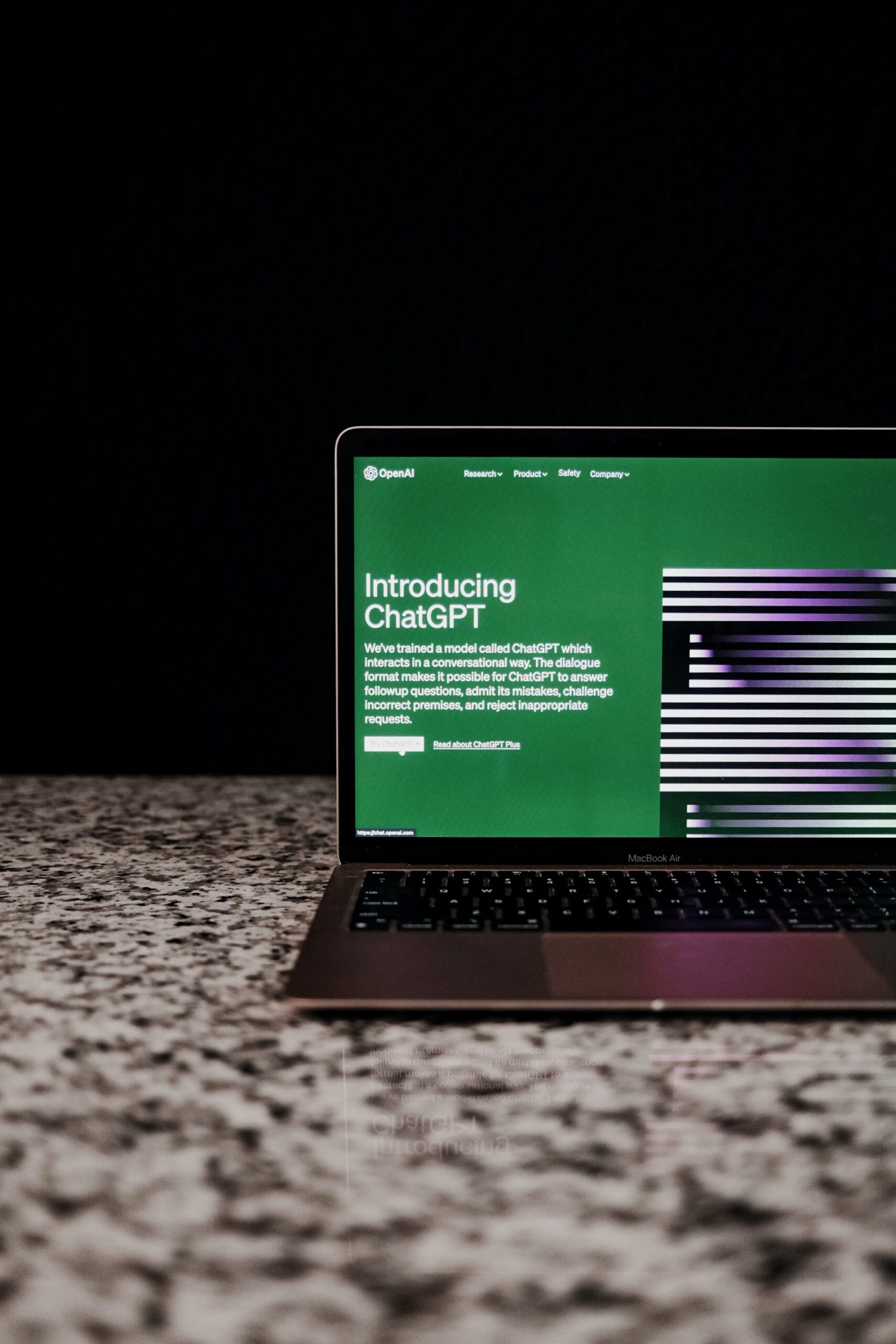Address
304 North Cardinal St.
Dorchester Center, MA 02124
Work Hours
Monday to Friday: 7AM - 7PM
Weekend: 10AM - 5PM

ChatGPT is an artificial intelligence language model that has been making waves in the tech industry for its advanced natural language processing capabilities. However, as with any new technology, it’s important to carefully consider the risks and potential downsides before incorporating it into your workplace.
The Risks of Using ChatGPT in the Workplace
One of the biggest risks associated with ChatGPT is the potential for confidential information to be shared outside the company. This is particularly concerning given that we don’t know exactly what ChatGPT does with the data it processes. In addition, there is always the possibility of cyberattacks or data breaches that could compromise sensitive information.
Another risk associated with ChatGPT is the potential for biased or inaccurate responses. Like all AI systems, ChatGPT is only as good as the data it’s trained on, and if that data is biased or incomplete, the responses generated by ChatGPT could also be biased or inaccurate. This could lead to incorrect decisions or actions being taken based on faulty information.
Controlling the Use of ChatGPT in the Workplace
So, what can companies do to control the use of ChatGPT in the workplace and minimise the risks associated with it? Here are a few key steps:
To Conclude
While ChatGPT has the potential to revolutionise how we communicate and process information in the workplace, it’s important to carefully consider the risks associated with it and take steps to minimise those risks. By establishing clear policies and guidelines, training employees properly, limiting access to sensitive information, and regularly reviewing and updating policies, companies can ensure the safe and responsible use of ChatGPT.